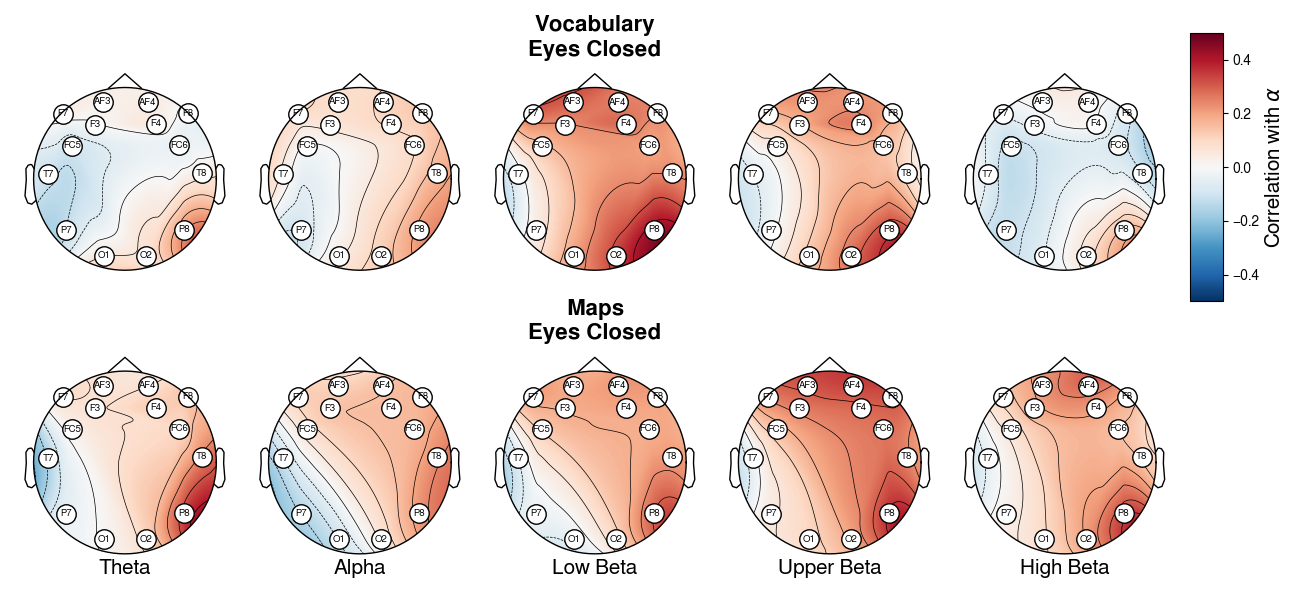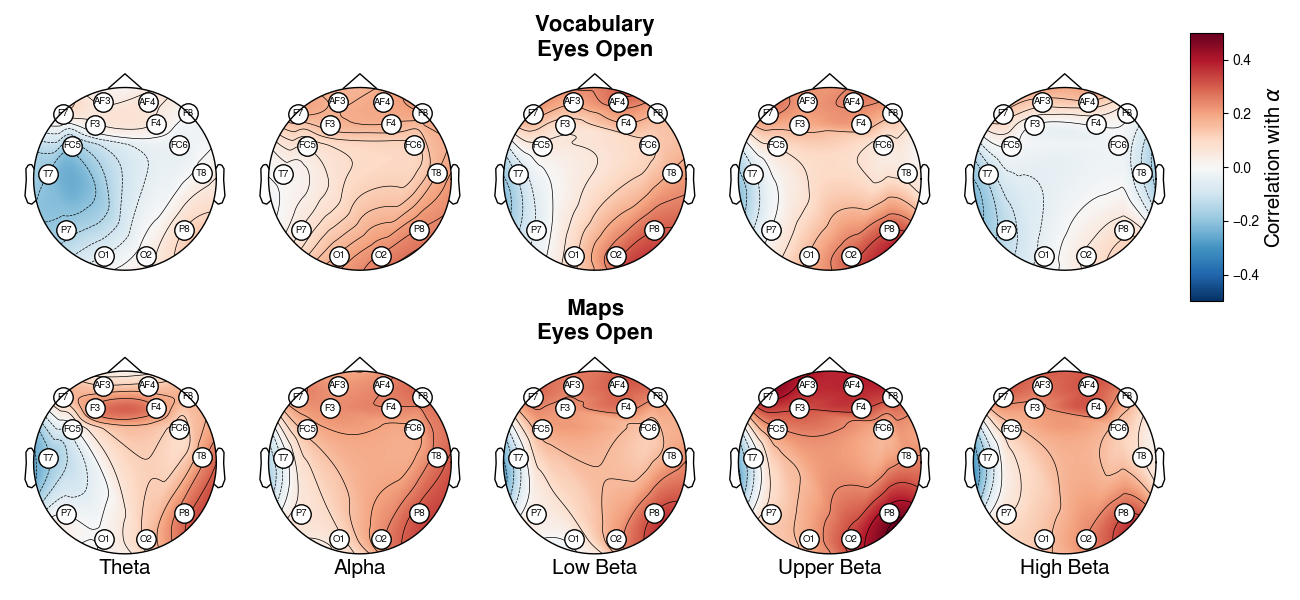Reflections of Idiographic Model Parameters in Resting-State Electrophysiological Signals
This repository contains the data, analysis, and results of the "Antelope" project, carried out by Peiyun Zhou and Andrea Stocco at the University of Washington and Florian Sense and Hedderik van Rijn at the University of Groningen, The Netherlands.
For more information about the project, please refer to the following publications:
Zhou, P., Sense, F., Van Rijn, H., & Stocco, A. (2021). Reflections of idiographic long-term memory characteristics in resting-state neuroimaging data. Cognition, 212, 104660.
Rationale
In a series of papers, Sense and van Rijn demonstrated that the rate of forgetting in long-term memory is stable across time and materials within an individual---it is, thus, akin to what personality psychologists would call a trait, and to what computational neuroscientists and statisticians would call an idiographic parameter.
It is likely that such idiographic characteristics reflect the underlying biology of an individual. If this is true, then the parameter should be reflected in some measures of recordable electropshyiological activity, such as fMRI, EEG, or PET recordings.
Resting State Neuroimaging
For this project, we focused on resting state neuroimaging. It is now accepted that a large part of the brain's activity occurs spontaneusly and can be captured at rest. This resting state activity is stable within an individual and highly predictive and individual characteristics. It provides an ideal ground to identify idiographic parameters because it does not depend on task-based assumptions.
Resting State EEG
Specifically, in this project, we focused on resting-state EEG, 5-min continuous recordings of EEG activity collected while participants were relaxing (but not asleep) on a chair with their eyes closed.
EEG data were collected using inexpensive, easily available, over-the-counter Emotiv headsets, thus making this project a litmus test for this type of approach: If idiographic parameters can be identified with this type of headsets, then surely much better can be done with higher-quality equipment.
Results
We found that the rate of forgetting in long term declarative memory (as estimated by the alpha parameter in Pavlik & Anderson's model), with the strongest correlations found in the beta frequency band over frontal (AF3 and AF4) and right parietal (P8) lolcations, as shown in these topological maps.
Here are the correlations found for eyes-closed EEG recordings:
And here are the correlations found for eyes-open EEG recordings:

